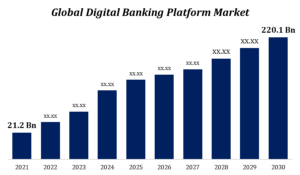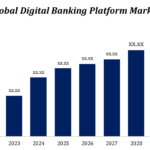Lending Innovation: Peer-to-Peer Lending, Crowdfunding, and Alternative Financing
Innovations in the lending landscape have disrupted traditional borrowing and financing models, ushering in a new era of financial inclusivity and accessibility. Peer-to-peer lending, crowdfunding, and alternative financing are among the groundbreaking concepts that are transforming the way individuals and businesses access capital. In this article, we will delve into these lending innovations, exploring how they work, their benefits, and their impact on the broader financial ecosystem.
Peer-to-Peer Lending:
Peer-to-peer (P2P) lending, also known as marketplace lending, involves connecting borrowers directly with individual investors through online platforms. This innovative approach bypasses traditional financial intermediaries like banks, enabling borrowers to secure loans and investors to earn returns.
How P2P Lending Works:
- Platform Selection: Borrowers choose a P2P lending platform based on interest rates, terms, and funding requirements.
- Loan Application: Borrowers submit loan applications detailing their financial needs and creditworthiness.
- Investor Participation: Individual investors review borrower profiles and fund loans in small increments, spreading risk.
- Loan Repayment: Borrowers repay the loan with interest over a fixed period, and investors receive regular payments.
Benefits of P2P Lending:
- Access to Funding: P2P lending provides an alternative for individuals and small businesses with limited access to traditional loans.
- Competitive Rates: Borrowers may secure competitive interest rates compared to those offered by banks.
- Diversification for Investors: Investors can diversify their portfolios by lending small amounts to multiple borrowers.
Crowdfunding:
Crowdfunding involves raising funds from a large number of individuals, typically through online platforms, to finance projects, businesses, or charitable causes. This model democratizes financing and allows people to contribute small amounts collectively to support a common goal.
Types of Crowdfunding:
- Reward-Based Crowdfunding: Backers receive non-monetary rewards, such as products or experiences, in exchange for their contributions.
- Equity Crowdfunding: Backers receive equity or ownership shares in the funded project or business.
- Debt Crowdfunding (P2P Crowdfunding): Backers lend money to individuals or businesses in exchange for interest payments over time.
Benefits of Crowdfunding:
- Access to Capital: Crowdfunding provides an avenue for startups, creative projects, and social initiatives to secure funding.
- Market Validation: Successful crowdfunding campaigns can validate demand for a product or service before its launch.
- Community Engagement: Crowdfunding fosters community engagement and support for initiatives aligned with backers’ interests.
Alternative Financing:
Alternative financing encompasses a wide range of non-traditional lending methods, including invoice financing, supply chain financing, revenue-based financing, and more. These approaches cater to specific financial needs and offer flexible solutions beyond traditional loans.
Benefits of Alternative Financing:
- Tailored Solutions: Alternative financing can be customized to meet the unique needs of businesses, including seasonal cash flow challenges.
- Collaboration in Supply Chains: Supply chain financing fosters collaboration by allowing suppliers to access capital at better rates using their invoices.
- Flexible Repayment Structures: Revenue-based financing aligns repayment with a business’s revenue stream, reducing financial strain during slow periods.
Peer-to-peer lending, crowdfunding, and alternative financing are revolutionizing the lending landscape by offering accessible, flexible, and diverse financing options. These innovations are democratizing capital access, empowering individuals and businesses to pursue their goals while bypassing traditional financial hurdles. As technology continues to advance and these models mature, lending innovations will likely play a vital role in shaping the future of borrowing and investment across various sectors of the economy.
Top of Form




































